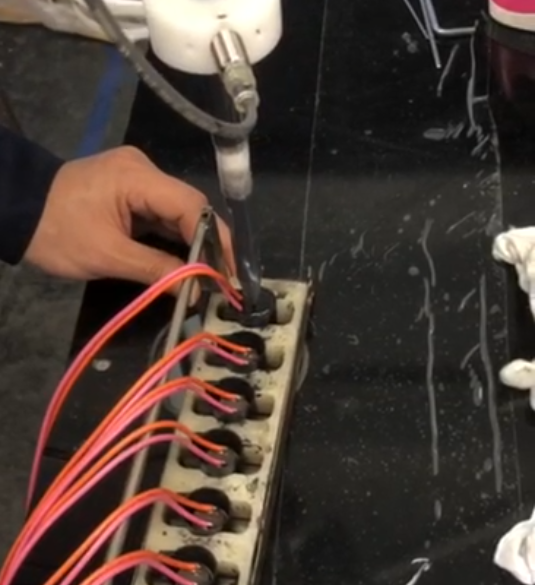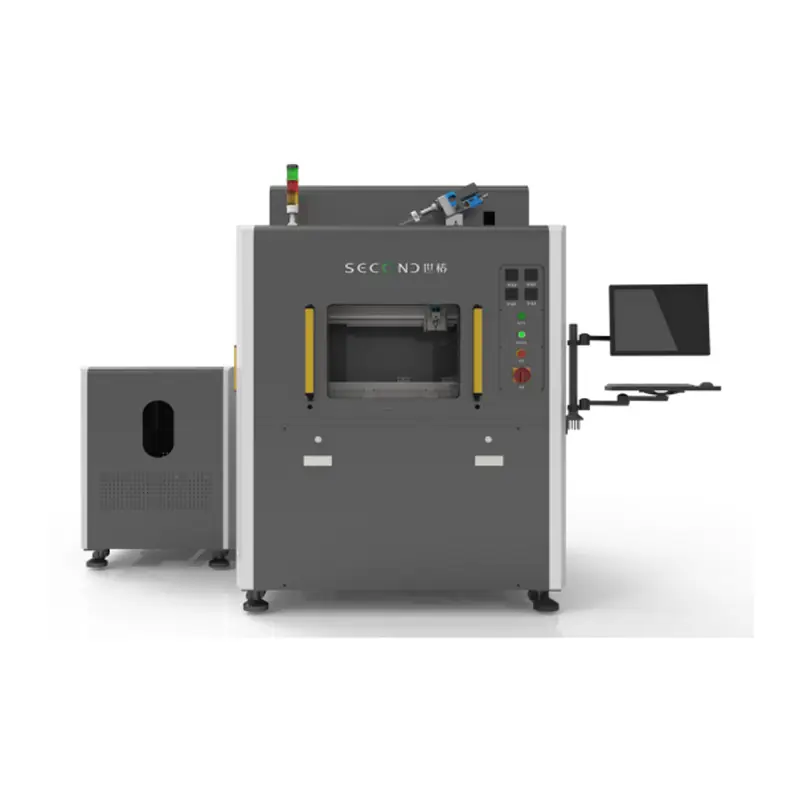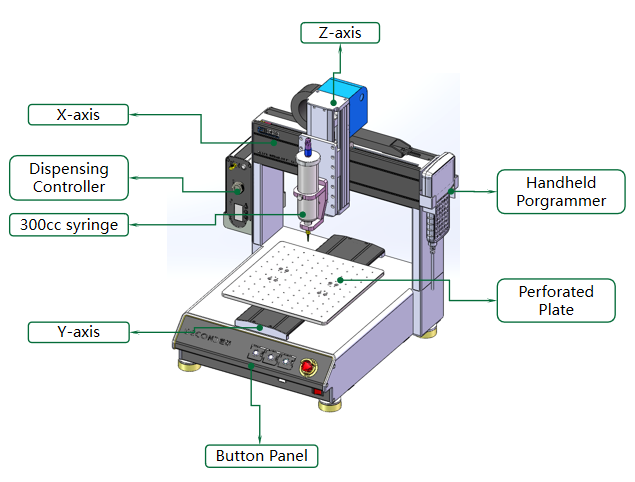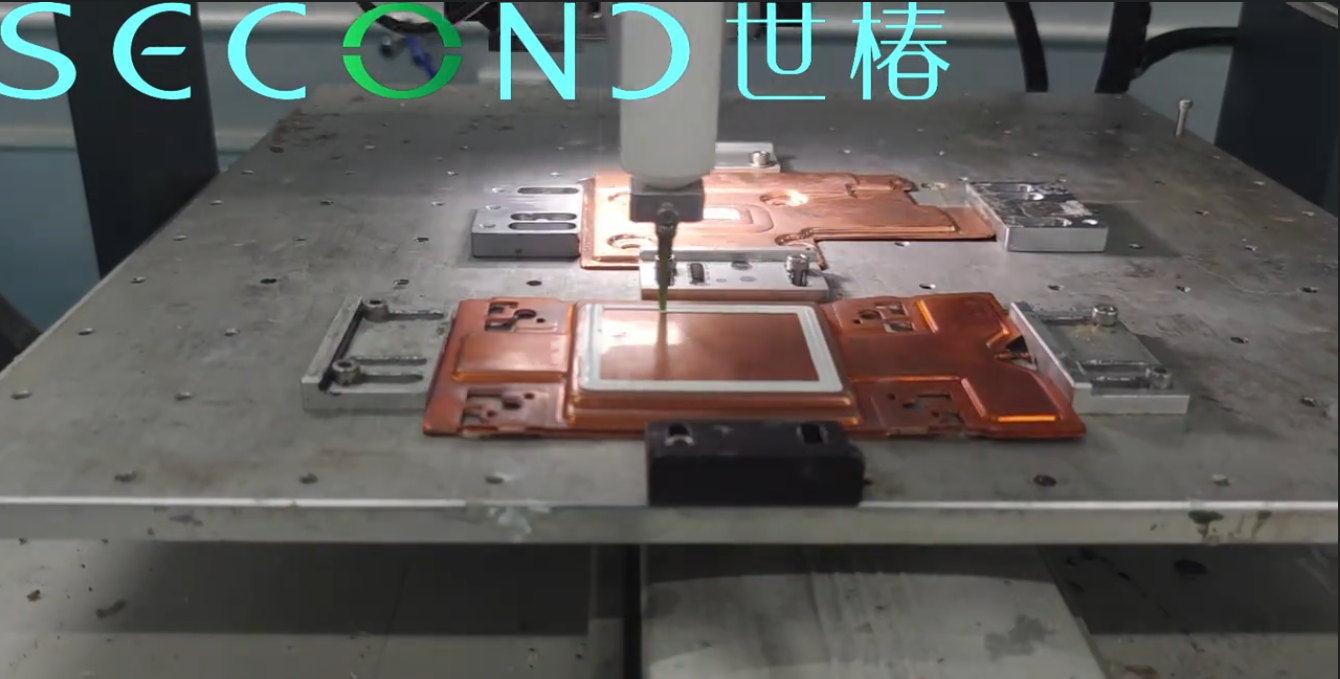Screw Pumps and Plunger Pumps A Deep Analysis of Industrial Fluid Transportation
In modern industrial production, the stable and efficient operation of fluid transportation systems is crucial for many industries. As two common types of industrial pumps, screw pumps and plunger – type diaphragm pumps play vital roles in different fields with their unique advantages. This article delves into the principles, characteristics, applications of these two pumps, and how to select the appropriate one to help enterprises achieve efficient production in fluid transportation.
1.Screw Pump: The Backbone of Precision Adhesive Supply
(1)Working Principle
A screw pump consists of one or more screws. In a single – screw pump, when the screw rotates, it forms sealed chambers with the liner. The fluid is continuously pushed from the inlet to the outlet by these chambers, achieving transportation. In a double – screw pump, two intermeshing screws create closed spaces between the screws and the pump housing. As the screws rotate, the fluid moves axially to complete the transportation process.
(2)Product Characteristics
● High-precision glue dispensing machine: Second Intelligent’s screw-pump adhesive supply systems deliver stable and accurate glue flow with a dispensing precision of up to ±3 %. Compatible with 300 ml, 2600 ml, and 5-gallon glue packages, they meet a wide range of production requirements.
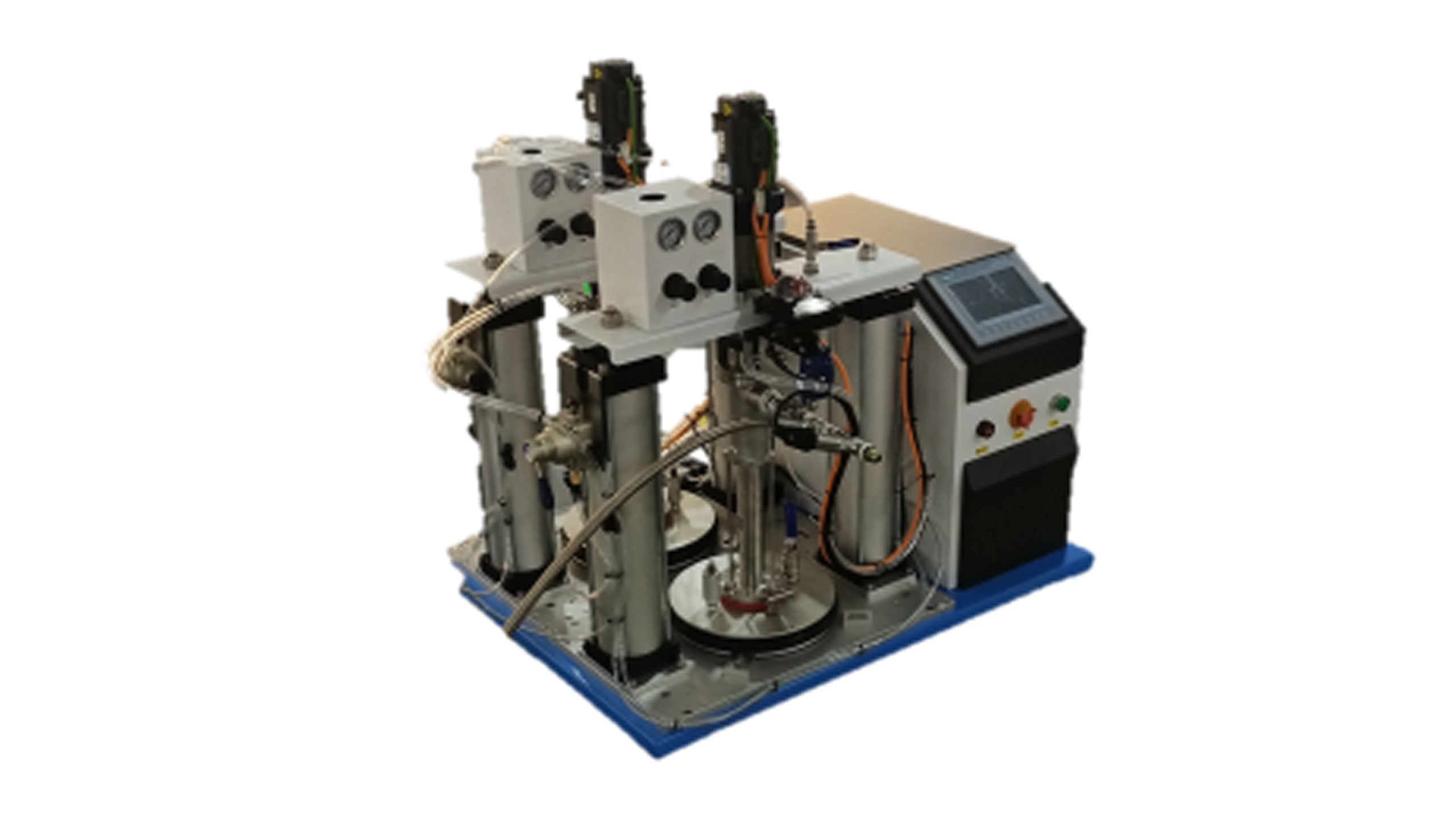
5 Gallon
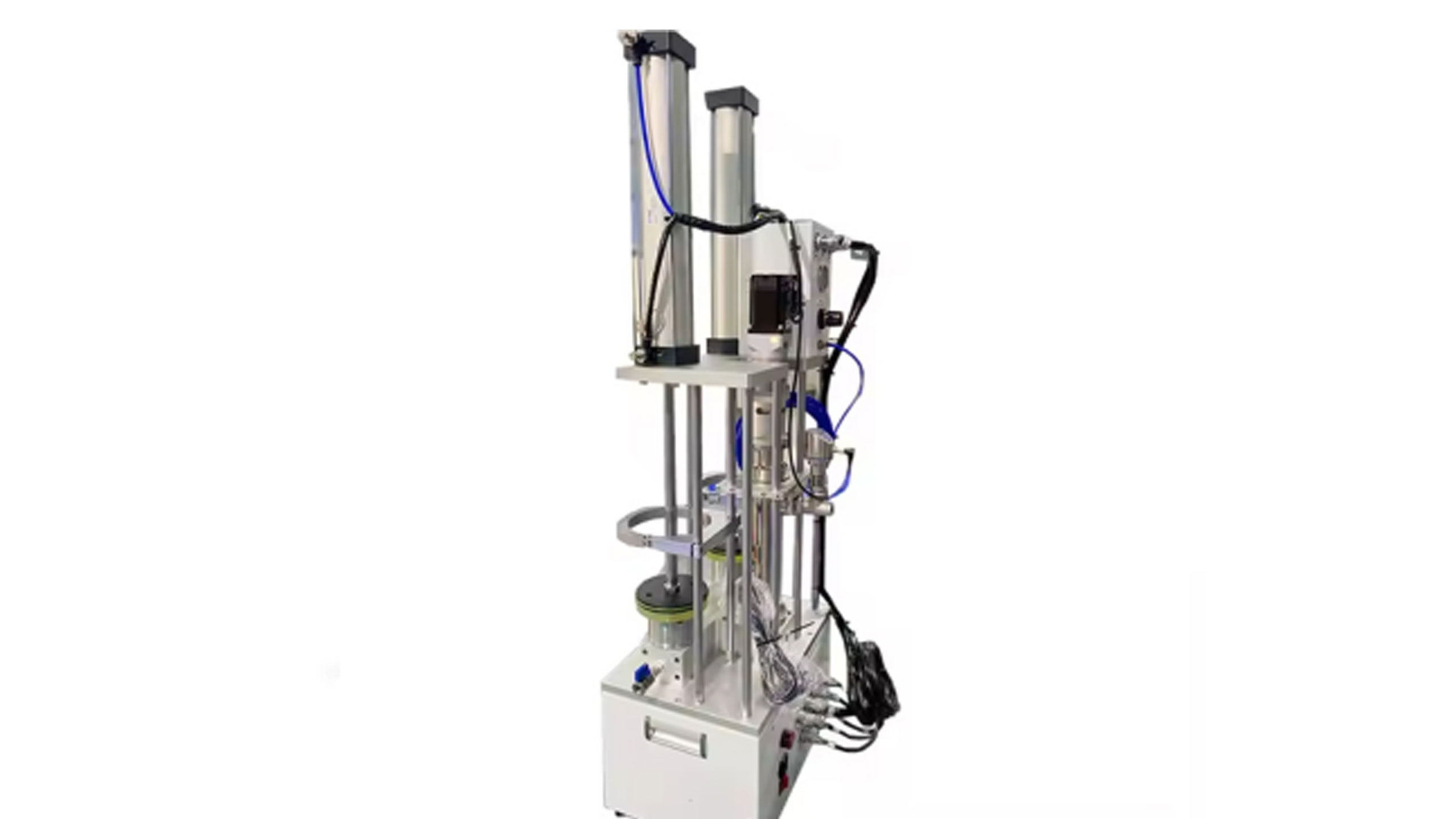
2600 ML
● Wide applicability:It can easily handle the transportation of medium – and high – viscosity fluids, such as silicone rubber, epoxy resin, greases, thermal gels, and thermal pastes.
● Easy Operation and Maintenance:The simple design enables operators to quickly get started. Maintenance is also relatively easy. Moreover, it can communicate smoothly with automated machines and integrate into automated production processes.
● Continuous and Stable Output: Take the 2600ml dual – barrel precision screw adhesive supply system as an example. The combination of a servo motor and a screw pump ensures pulse – free adhesive output, providing a strong guarantee for continuous production.
(3)Application Scenarios
In the photovoltaic industry, screw pumps can precisely apply adhesives to designated positions in solar cell module production, ensuring the sealing and stability of the modules. In the 3C electronics field, such as in the assembly of mobile phones and tablet computers, their small size and high – precision adhesive supply characteristics make them ideal for precise dotting of small components.
II.Plunger – type Diaphragm Pump: A Reliable Choice for High – viscosity Fluids
(1)Working Principle
A plunger – type diaphragm pump is composed of key components such as a plunger, pump body, and diaphragm. Driven by a cylinder or pneumatic motor, the plunger moves back and forth. When the plunger moves backward, negative pressure is formed inside the pump body. The diaphragm squeezes the adhesive from the adhesive package into the pump body under air pressure. When the plunger moves forward, it presses the adhesive out of the outlet, achieving quantitative transportation of the adhesive.
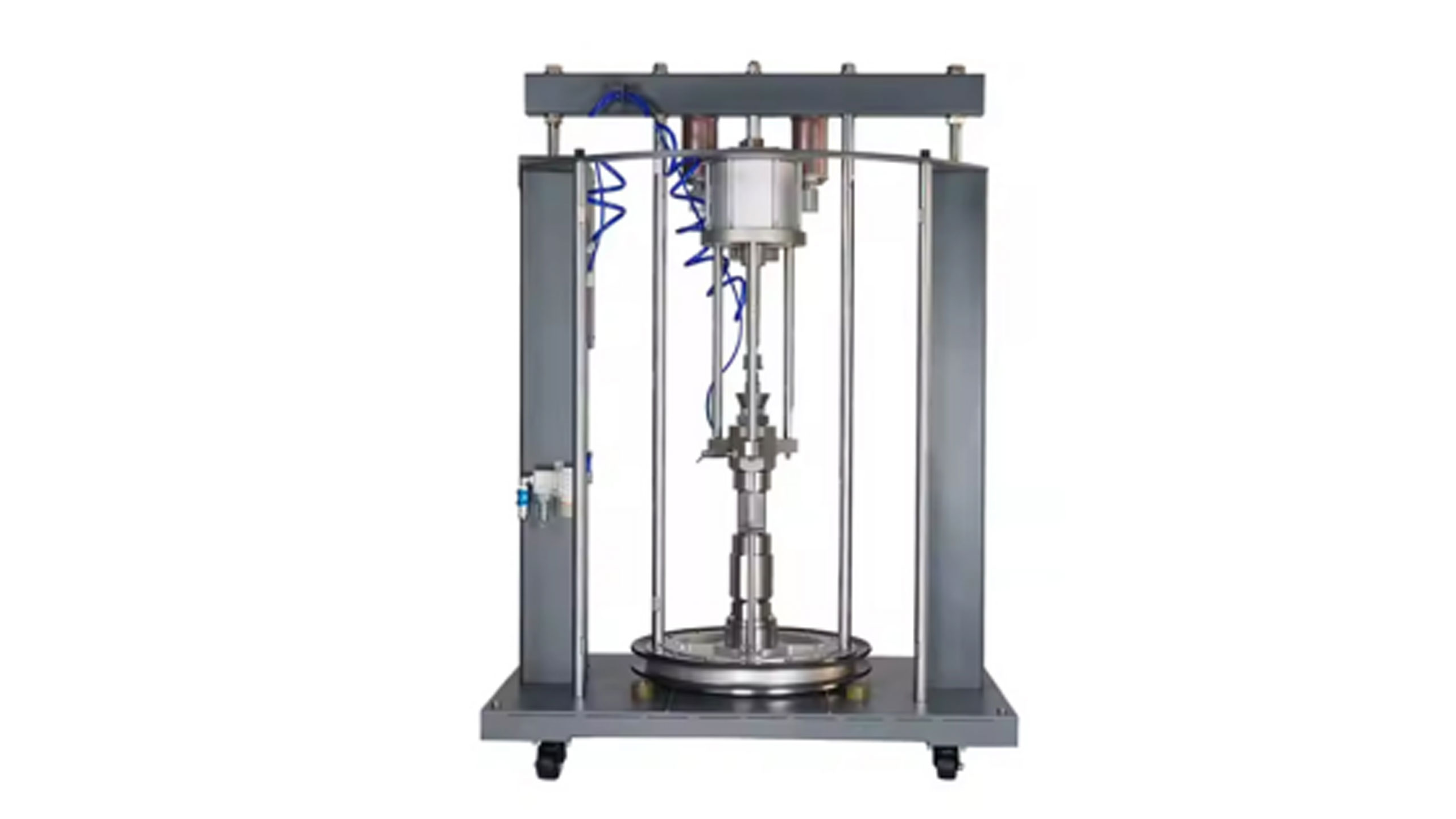
55 Gallon
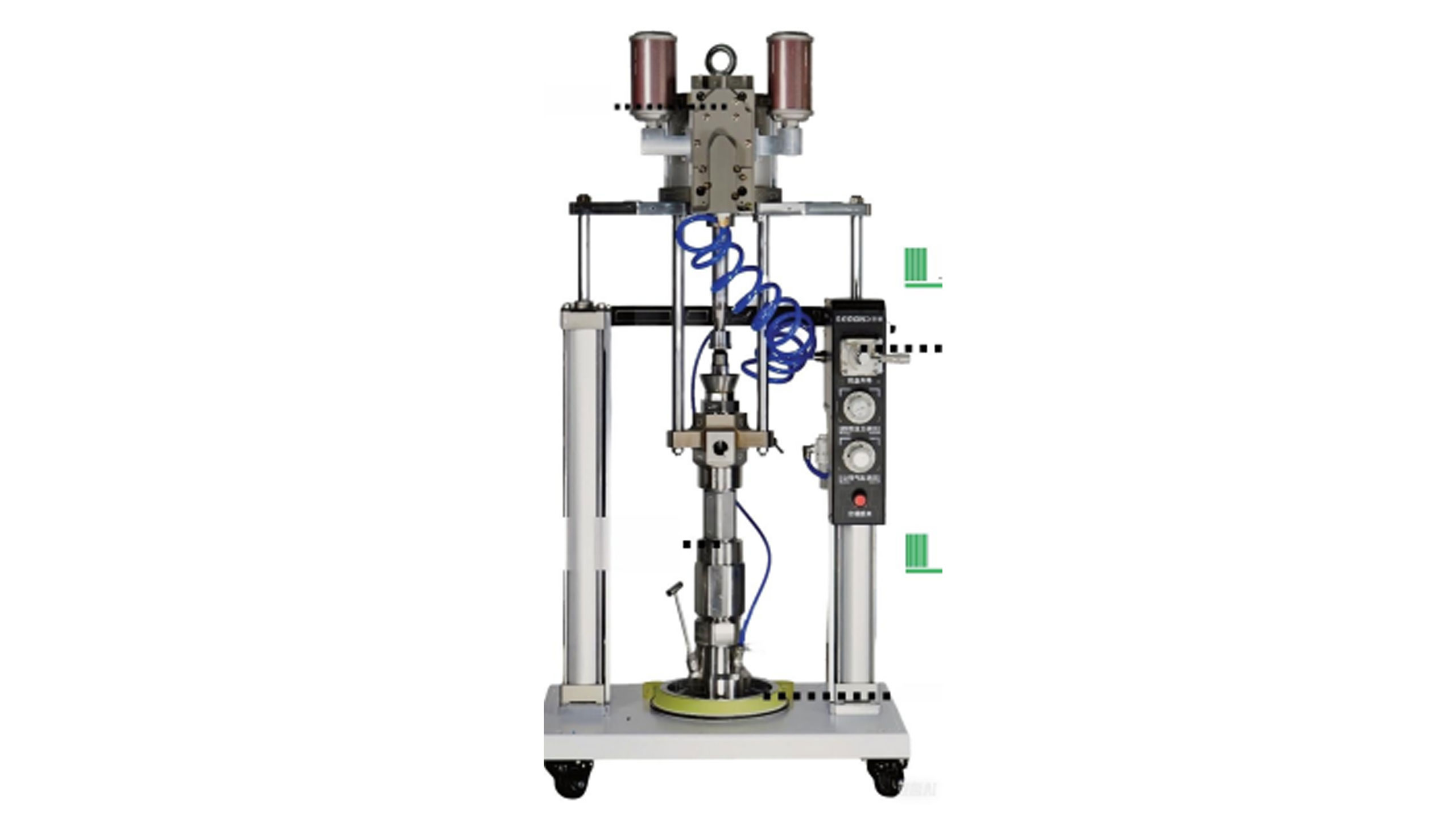
5 Gallon
(2)Product Characteristics
● Powerful drive & high-pressure output: Second Intelligent’s liquid-control plunger-type ram pump is driven by a pneumatic motor that delivers a 43:1 pressure ratio. At the standard plant air pressure of 0.6 MPa, it supplies glue at up to 25.8 MPa, effortlessly handling high-viscosity and heavily filled adhesives.
● High Displacement and Wear – resistance: A single – cycle pump can transport 170cc of fluid, effectively improving production efficiency. The plunger rod is made of specially treated carbon steel or ceramic materials, and the key structures feature embedded tungsten steel designs. Combined with a unique sealing structure and special sealing materials, the service life of the seals is greatly extended, reducing maintenance costs and downtime.
● High Compatibility and Convenience: The diaphragm can be adjusted by changing the direction of the sealing ring pressing plate to be compatible with conical and cylindrical barrels without replacing the sealing ring. The T – shaped exhaust channel structure design effectively prevents flow blockages, and the blowing device ensures no residual air in the exhaust channel after the empty barrel is removed, avoiding dry adhesive problems.
● Energy – saving and Low – noise: Compared with similar products, it has lower air consumption and a running noise of less than 75DB, providing a more eco – friendly and comfortable workshop environment.
(3)Application Scenarios
In the automotive manufacturing field, plunger – type diaphragm pumps can steadily and efficiently transport high – viscosity sealants and structural adhesives used in automotive parts production to various adhesive – applying stations, ensuring the quality and production schedule of vehicle assembly. In the aerospace industry, where materials require extremely high reliability and consistency, plunger – type diaphragm pumps meet the strict production standards of the industry with their precise metering and stable output when conveying special high – viscosity aerospace adhesives.
III. The Way to Choose Between Screw Pumps and Plunger – type Diaphragm Pumps
When choosing between screw pumps and plunger – type diaphragm pumps, it’s necessary to consider multiple factors comprehensively.
Fluid Characteristics: For fluids with medium viscosity and high precision adhesive supply requirements, screw pumps may be the better choice. For high – viscosity fluids with large amounts of fillers, plunger – type diaphragm pumps are more suitable.
Production Scale and Efficiency Requirements: In large – scale continuous production, the dual – barrel design of screw pumps enables uninterrupted feeding, reducing downtime caused by adhesive package replacement and improving production efficiency. The high – displacement feature of plunger – type diaphragm pumps can also meet the needs of efficient production to some extent. However, the frequency of adhesive package replacement is relatively high, so it’s necessary to balance according to the actual production rhythm.
Equipment Maintenance and Cost Considerations: Screw pumps have a relatively simple structure, with low maintenance difficulty and controllable daily maintenance costs. Plunger – type diaphragm pumps, despite their excellent performance in high – viscosity fluid transportation, have greater wear on key components. Regular replacement of consumables is required, resulting in relatively higher maintenance costs. In terms of initial equipment procurement costs, different models and configurations of the two pumps need to be compared and selected based on specific requirements and budgets.
Screw pumps and plunger – type diaphragm pumps each have their own advantages in the field of industrial fluid transportation. Enterprises should reasonably select the pump type based on their production characteristics, fluid properties, and cost budgets to fully utilize their strengths. This will optimize production processes, improve product quality and production efficiency, and gain a competitive edge in the market.

[contact-form-7 id=”5″ title=”Contact form 1″]

